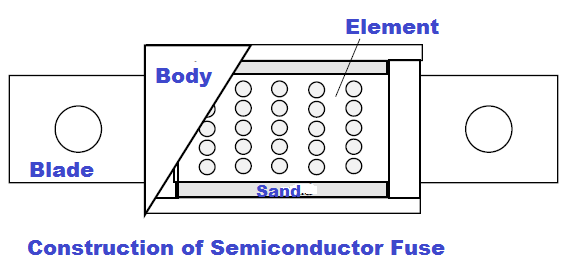Follow along with the video below to see how to install our site as a web app on your home screen.
Note: This feature may not be available in some browsers.
The leads are very short so don't drop too much voltage (relatively speaking) and I suspect the 220A is pulsed and not continuous.What (magic) material are the pins of a TO220 made from?
According to this Digikey search TO220 devices can handle upto 220A (is that number a coincidence?); but the leads on the highest rated device, an ON Semi NTB5860N, are a maximum of 0.5632mm² (and a minimum of just 0.2304mm²!).
I've often thought that myself, with various high power devices.What (magic) material are the pins of a TO220 made from?

According to this spec sheet, its 220 continuous at 25°C and 660 pulsed.*edit, appears pulsed is 660A and continuous is around 130A (limited by the package)
